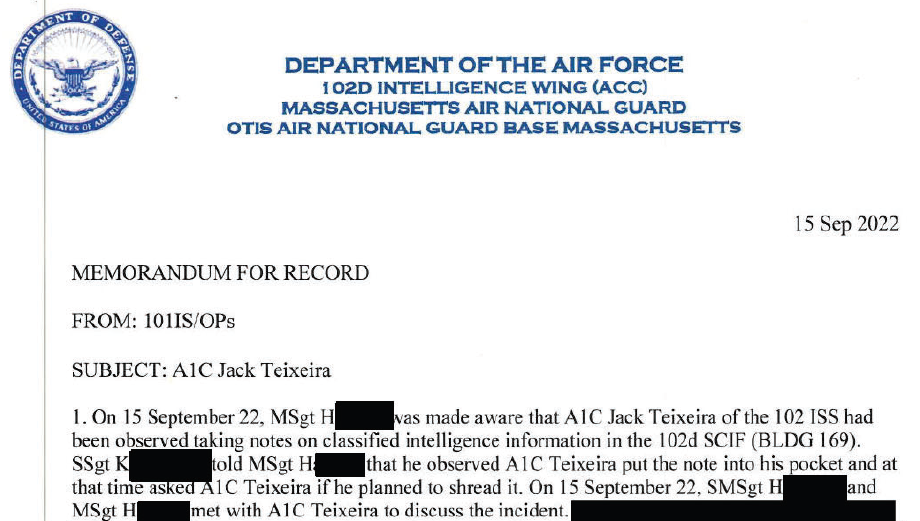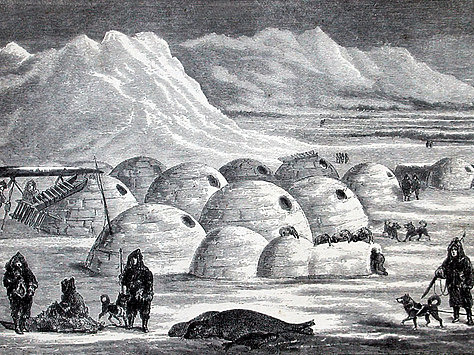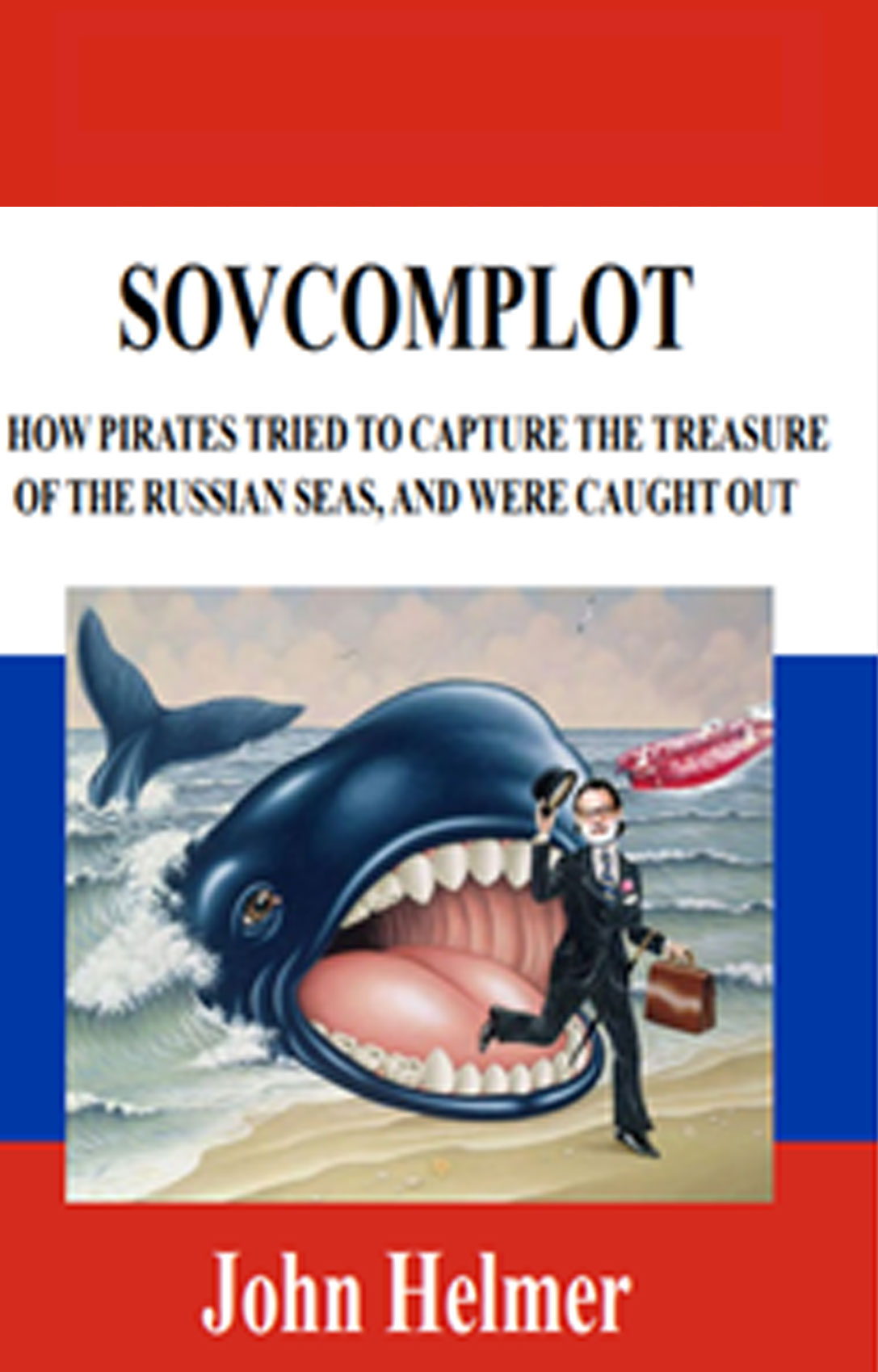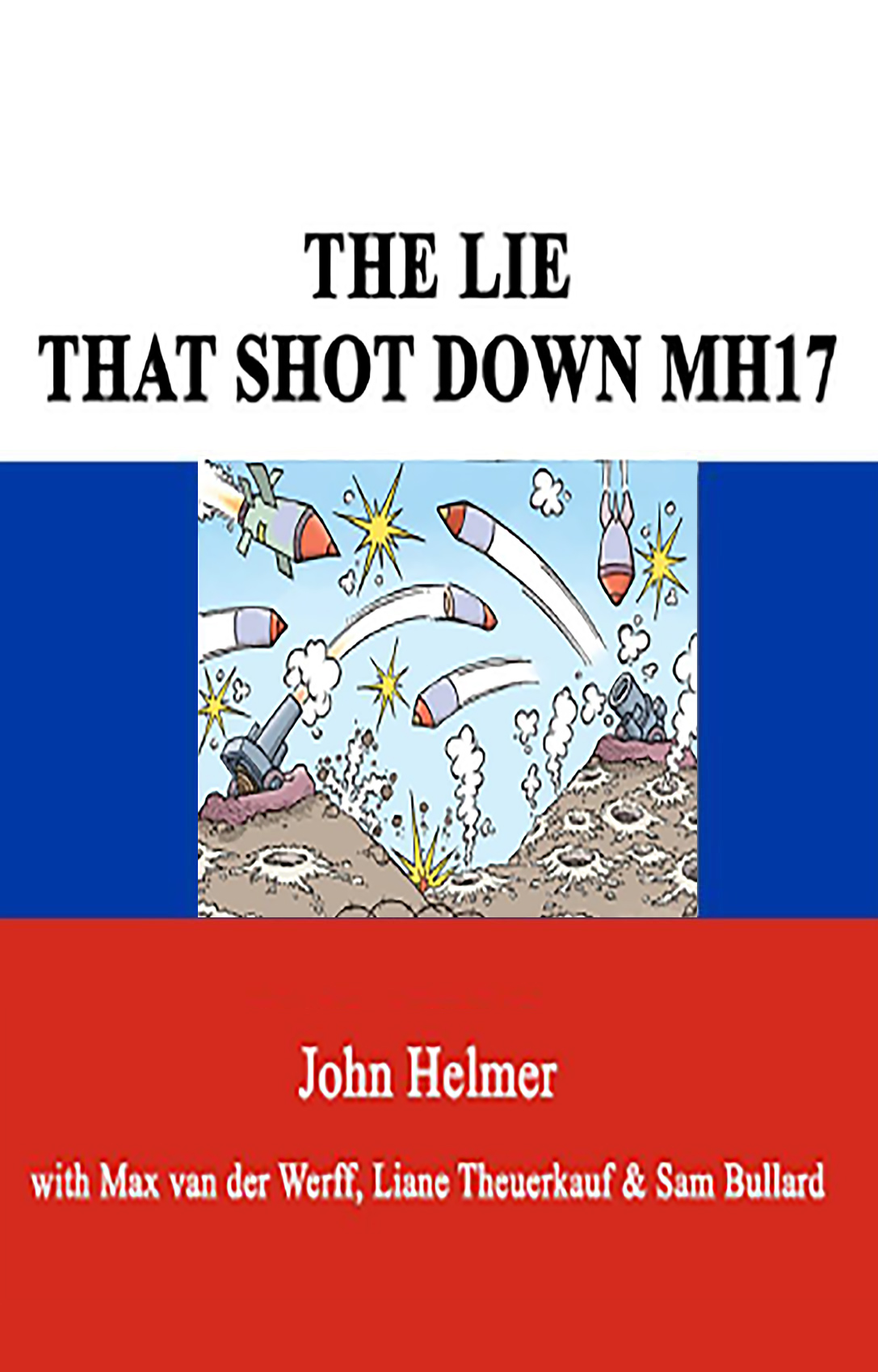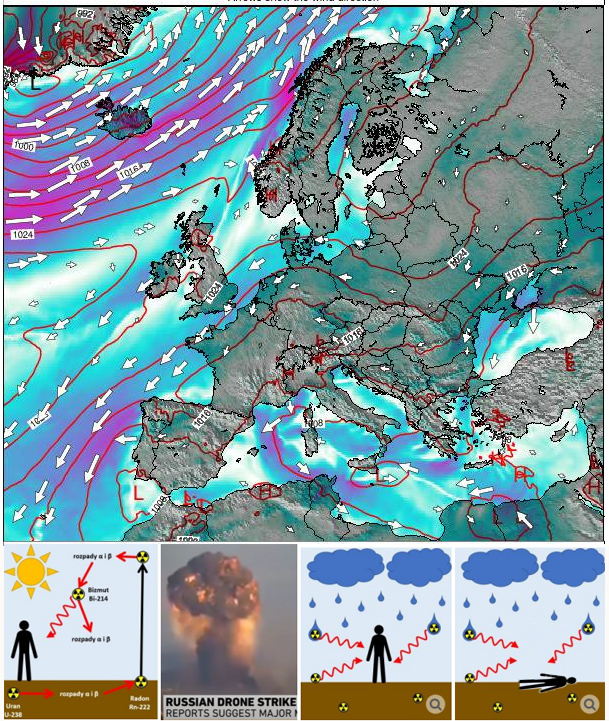

By John Helmer, Moscow
@bears_with
This is a primer on the way the wind has been blowing since the Ukrainian ammunition stockpile was blown up at Khmelnitsky in the early hours of May 13.
Radiation measurements in the western Ukrainian city appear to have risen sharply on May 13 and 14, indicating that British-supplied depleted uranium shells for anti-tank warfare had been detonated. The radiation-level spiking caused by the release of the depleted uranium (DU) has been denied by Ukrainian officials.
US media reported on May 15 that “while not all of the facts and information about the multiple strikes on Western regions of Ukraine have been fully established, there are several elements to the viral conspiracy narrative that are provably false, misleading or lack evidence.” “While Newsweek could not rule out the possibility that the ‘depleted uranium’ shells provided by the U.K. had been stored there, past reports about the nature of these munitions put a big question mark over that claim.”
Newsweek endorsed Ukrainian government agency claims. “Energoatom, the National Nuclear Power Company of Ukraine, said in its official Telegram channel that ‘the radiation level at the industrial site [in Khmelnitsky] and in the surrounding regions is at a level corresponding to the normal operation of power units and does not exceed natural background values.’”
A statement by the International Atomic Energy Agency (IAEA) has repeated the Ukrainian government claim without publishing independent radiation measurements of its own. The IAEA was reported by Newsweek as having “poured cold water over the claims. “The State Nuclear Regulatory Inspectorate of Ukraine has informed the International Atomic Energy Agency today that there have been no measurements of elevated levels of gamma radiation in the country’s western regions in recent days,” a representative of the international body told Newsweek in an email.”
Social media from the region have indicated a rapid exodus of the population in the vicinity of the blast. Anti-radiation measures have been introduced for the residents of the Ternopol region, which neighbours Khmelnitsky to the west.
The wind has been blowing northwest into Poland since, and raining. The Polish state Atomic Energy Agency (PAA) has been reporting radiation-level spiking since May 15. The highest measurements have been reported at Lublin and Krakow in the south, and then Gydnia, a port on Poland’s north coast.
On May 19 in Moscow, Nikolai Patrushev, the secretary of the Security Council, said the “elimination [of the Khmelnitsky stockpile] has caused a radioactive cloud that is now moving towards Western Europe. An increase in radiation levels has already been registered in Poland.” Patrushev was repeating what the PAA had already confirmed.
(more…)

